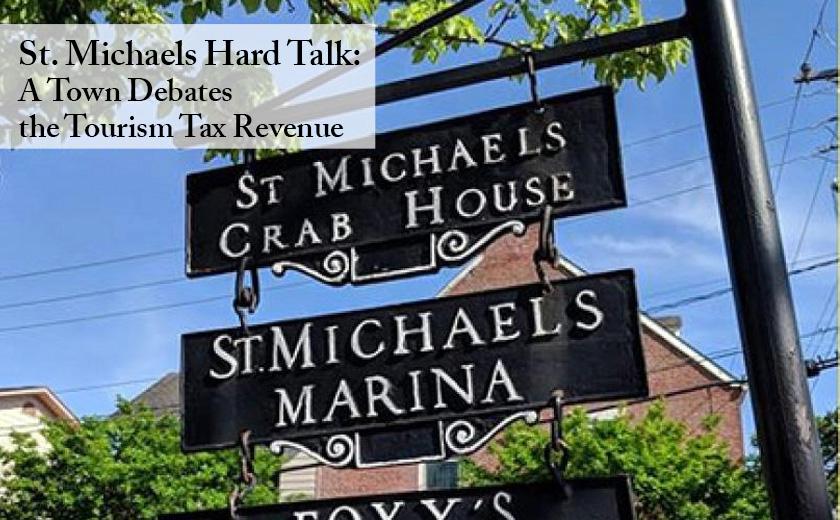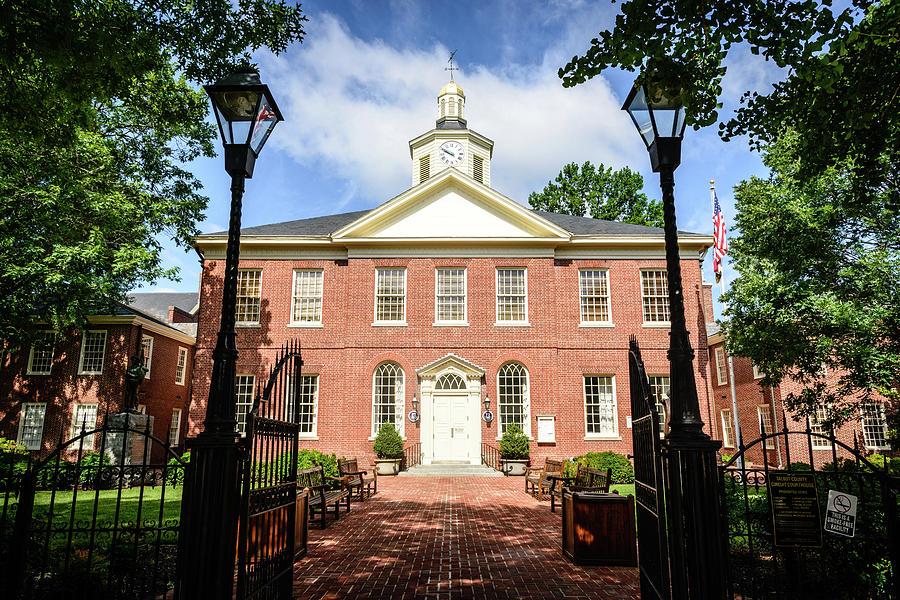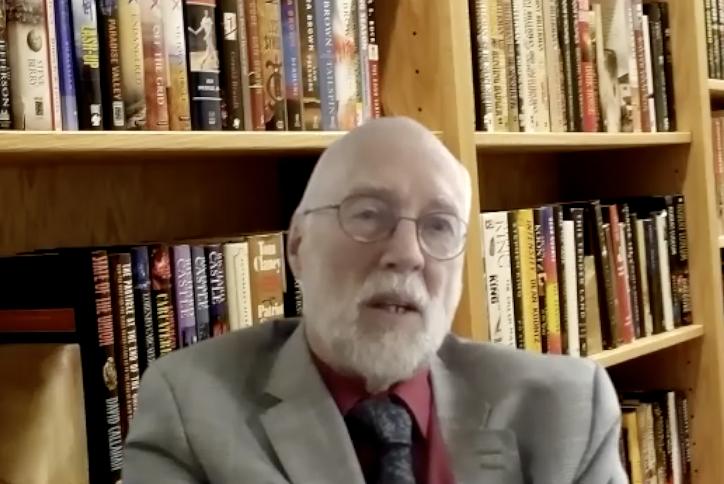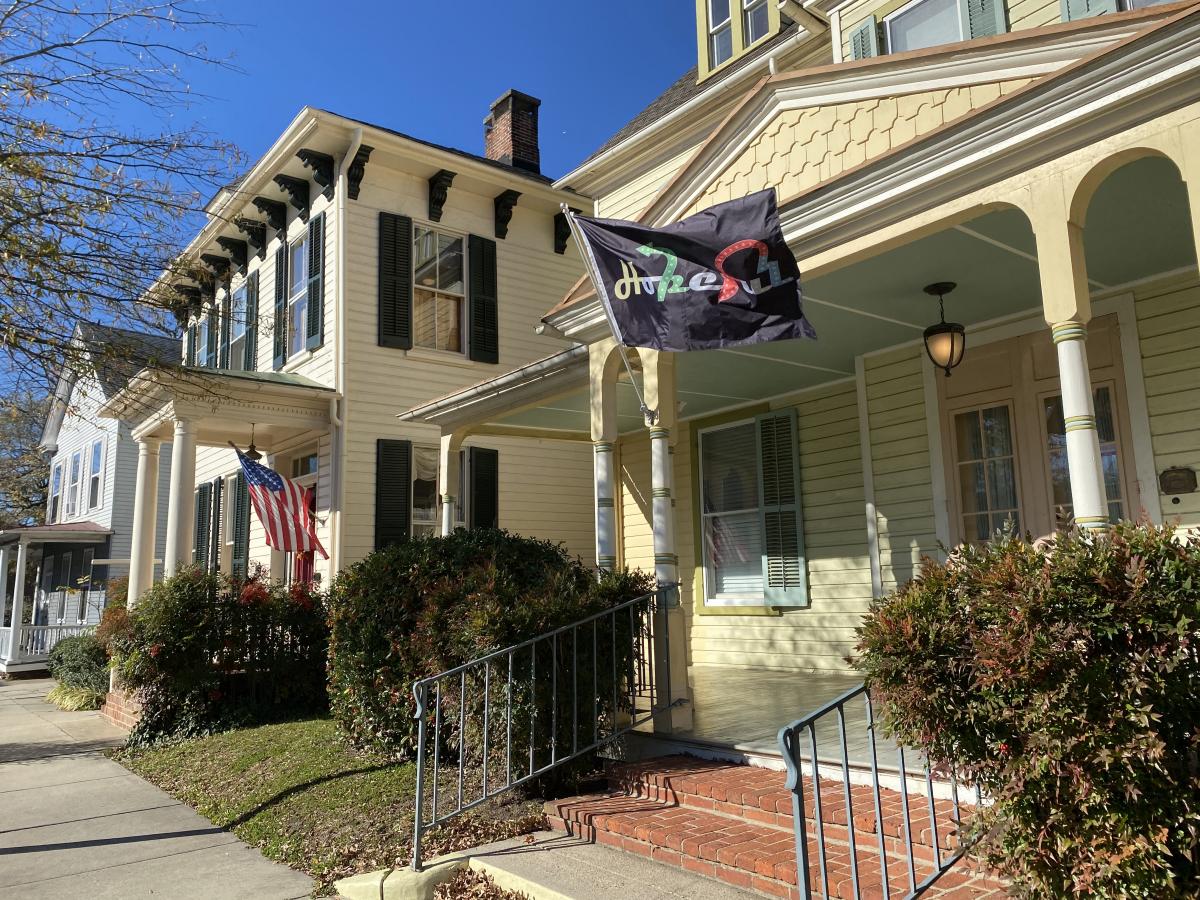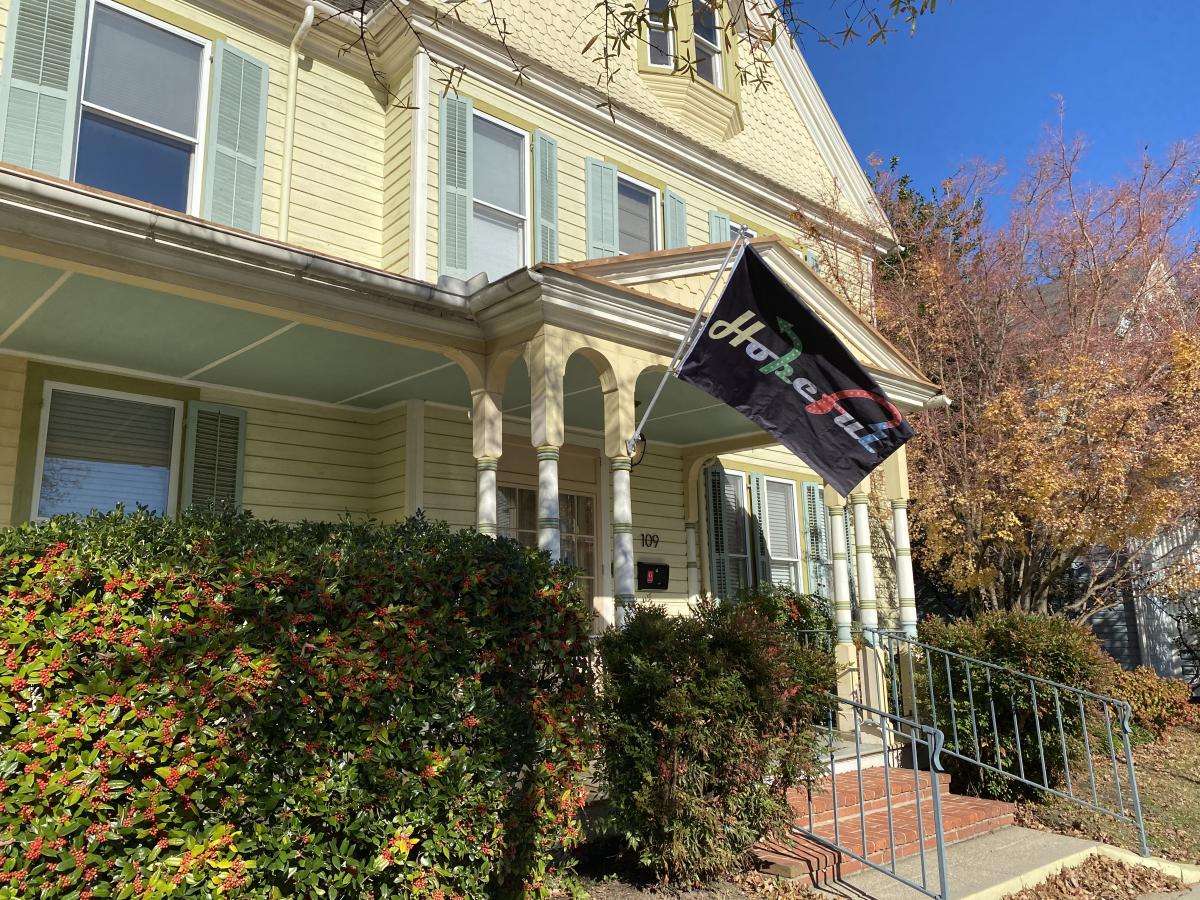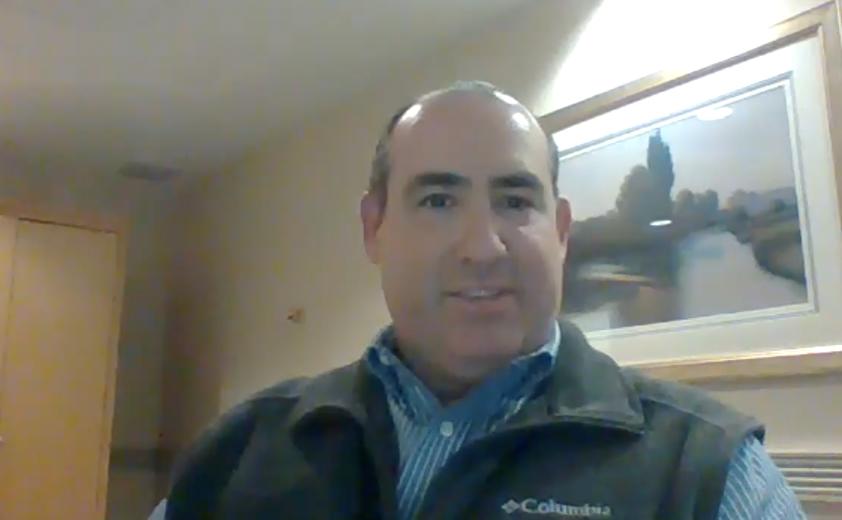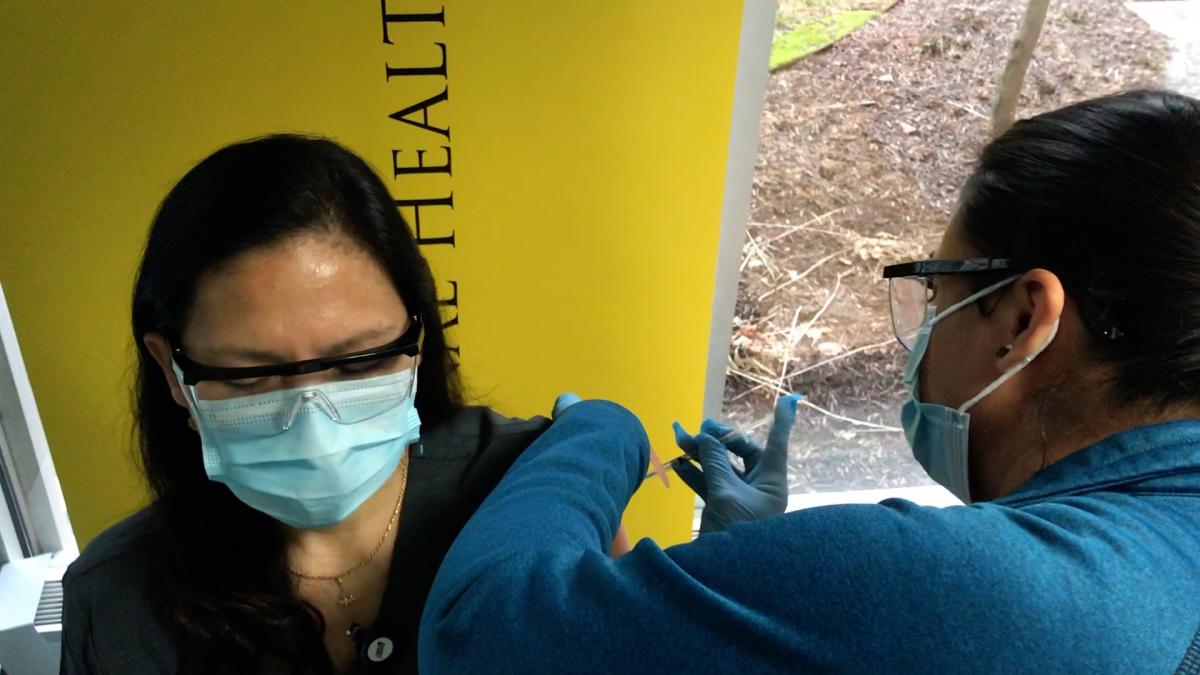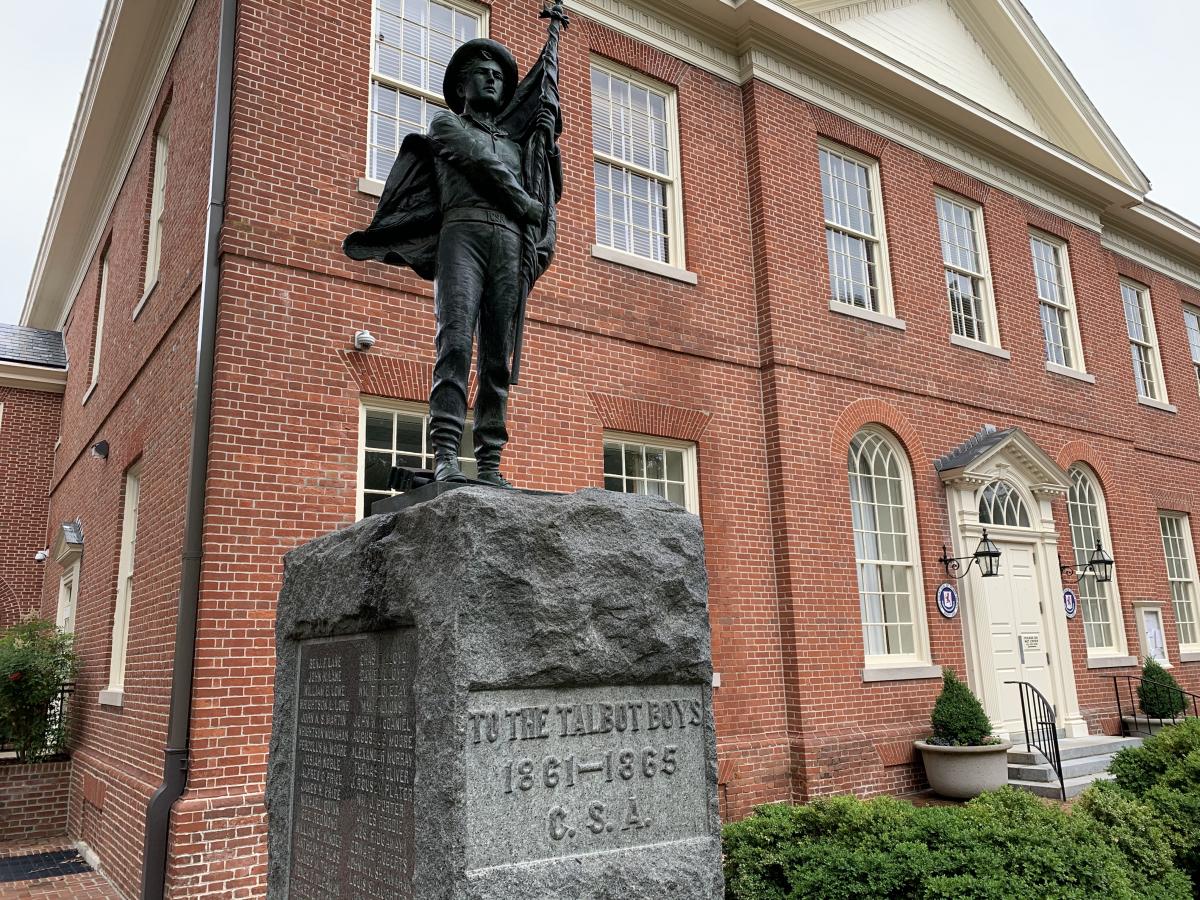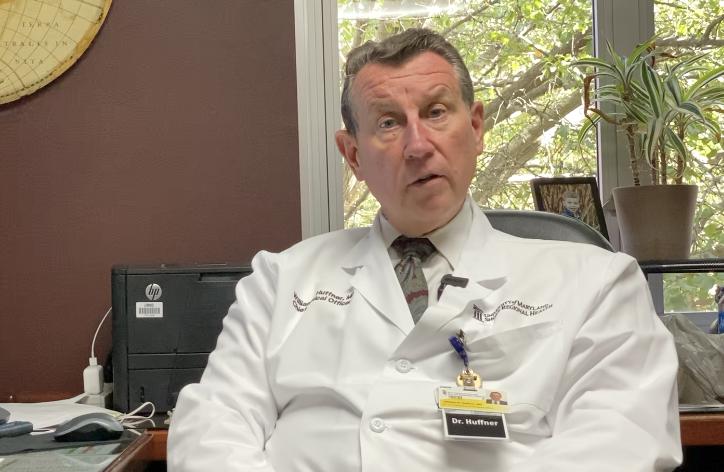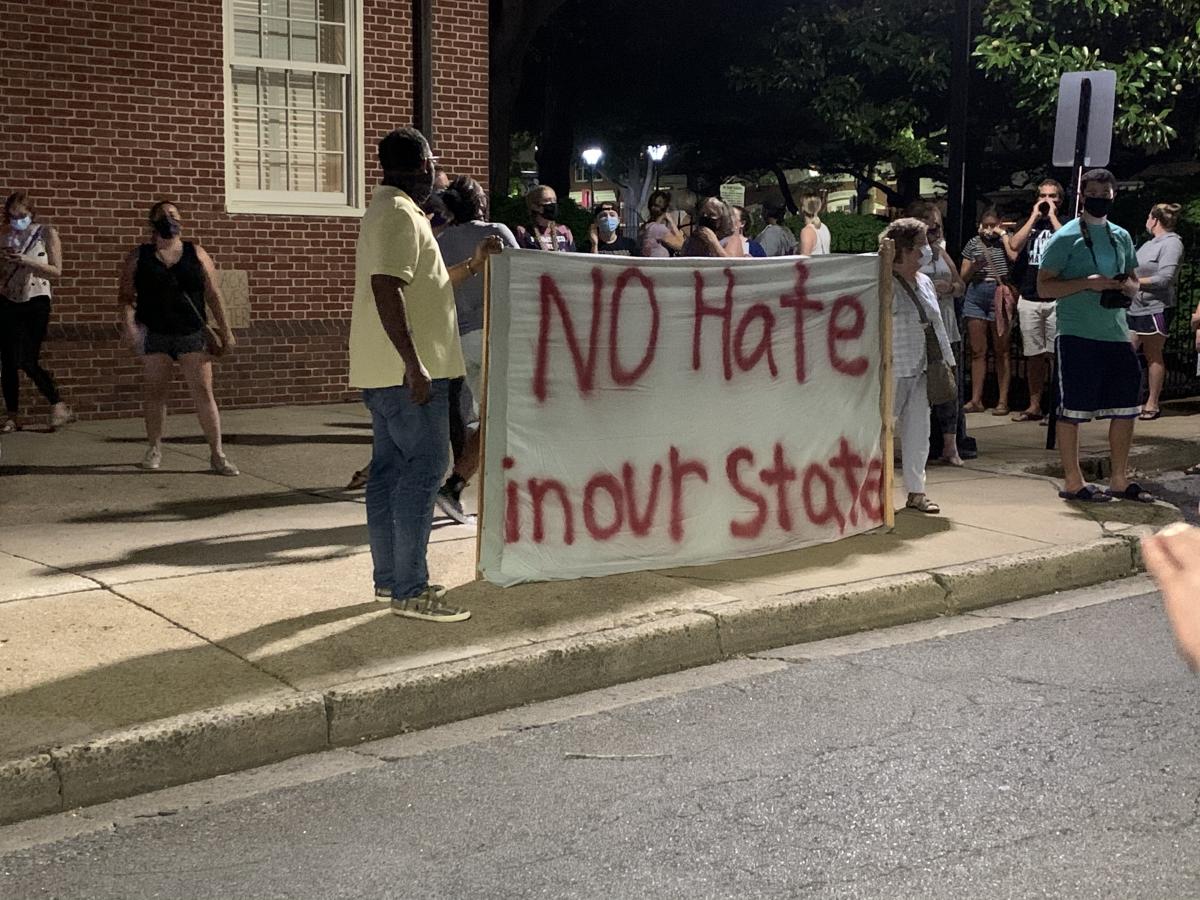This video is about 30 minutes long.
A proposed 70% cut to the town’s advertising budget during a recent budget work session has St. Michaels business owners concerned.
During the April 16 virtual session, St. Michaels Commissioner T. Coleman “Tad” DuPont suggested reducing advertising spending from $140,000 to $40,000 in the proposed Fiscal Year 2022 budget.
DuPont, the commission’s treasurer, said the town should not be encouraging more visitors when businesses are unable, due to the COVID-19 pandemic, to accommodate current visitors.
He later suggested the savings could be used to fund other costs associated with tourism, such as an additional police officer and Saturday trash pickup.
The funds for advertising do not come from town taxpayers, but from the accommodations tax paid by guests staying at hotels and other lodging.
Talbot County collects the tax, then disburses it to the towns where the money was collected (after deducting up to 5% for administrative costs).
County law requires towns to use accommodations tax revenue “to alleviate costs associated with tourism.”
St. Michaels currently allocates 25% of its accommodations tax revenue “directly to advertising,” 5% to the volunteer fire department, and the remaining 70% throughout its budget “to help support the cost of tourism to the town, ie. Personnel, restroom maintenance, weekend trash pickup, a small portion of dump fees, park maintenance, a portion of Liability Insurance, infrastructure repairs and maintenance, a portion of capital improvements, etc.,” Town Manager Jean Weisman said in response to an information request.
If the town commissioners were to adopt DuPont’s proposal, St. Michaels would only be committing about 8 percent of its accommodations tax revenue directly to advertising to promote tourism to the town.
DuPont’s proposal led to a lengthy and occasionally heated discussion among town commissioners, with Vice President Jaime M. Windon questioning such a drastic cut.
Windon said town business owners would be “aghast” to hear the proposal.
In an April 19 email, Kim Hannon, St. Michaels Business Association president, informed members about the proposed cut.
“Hi, I am writing to let all of you know that the Commissioners of St. Michaels have been discussing slashing the annual advertising budget from $140,000 to $40,000! YES, slashing it $100,000 – 70% CUT,” Hannon wrote.
Town commissioners did not reach a consensus on the cut during the April 16 budget work session and are waiting to learn how much it would cost to outsource trash pickup before setting the next work session.
A public hearing on the budget will be held after it is officially introduced.
The town’s current draft budget, which includes other changes town commissioners accepted by consensus during the April 16 work session, is below.
St. Michaels FY22 Budget 4-16 DRAFT